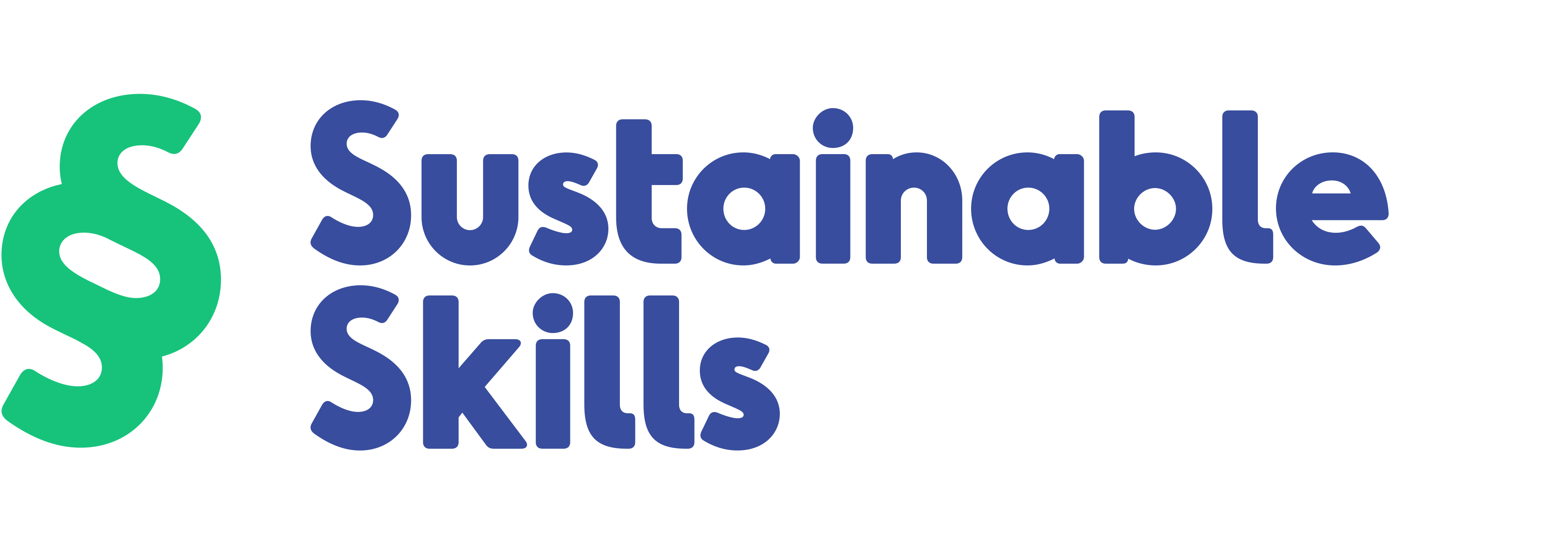An Australian who has led one of our largest and most successful international companies very recently described our environment as a “walled garden”. It was not a compliment on Australia’s horticultural skills. In fact it describes a crippling characteristic.
For a couple of decades the global markets and industrial integration have been the drivers of change. Opportunities have abounded, creating and recreating enterprises in the mature economies and transforming nations as diverse as China, India and Indonesia. In the education sector Australia has had a flood of foreign students into its universities and colleges. Yet it is quite hard to find a sign of any integration of Australian enterprise, including those in education.
The experience with Sustainable Skills in working with a variety of national authorities, many of them near neighbours, has defined a tangible and relatively simple means of delivering what sales folk call a win-win. Both Australians and the citizens of neighbours have the opportunity for considerable benefit if we can work to build a higher standard of vocational training across the region. Australia has good standards and a lot of knowledge in what works and Indonesia, Vietnam, Malaysia, Myanmar and possibly India demonstrate both the potential and desire to take advantage of Australian expertise.
My own learning from the experience in recent years with Sustainable Skills is that “walled garden” thinking is holding back what is a golden opportunity. Our leaders in vocational training are very often driven solely by a single dimension of the potential of their resources. That is, they want to fill the channel of students to their Australian facilities. In effect, there is no distinction between domestic and foreign students. Yet the scale of demand is massively greater than that.
If we take Indonesia as an example, the national priority is in building infrastructure. The Widodo Government has been wholly focused for at least three years on an ambitious plan to expand energy supply, transport and shipping and logistics and to rapidly increase the supply of international standard tourism resources. Very early in that process the Government discovered that the supply of skilled people was nowhere near the scale required and now the upgrade of Indonesian vocational education and training is a personal priority of the President.
The opportunity for Australia is to help Indonesia to create an Indonesian vocational education system. Sustainable Skills has found – in Indonesia and quite a few other countries – that the fundamentals of the Australian approach are both well suited and pragmatic solutions to what is often a complex problem. The flexibility of a modular competency-based system has many practical attractions and accommodates the need for people to acquire skills incrementally. The strong industry involvement in competency design and assessment is hugely important in assuring an effective outcome for workers in training and in building commitment and engagement in labour markets where skills standards have been patchy. In short, it is quite possible that a strategic effort to build capacity in the region would create a higher standard of skills across our neighbourhood, sharply improving economic and social progress and establishing a strong and healthy basis for social and economic exchange. In commercial terms, Australian TVET would create a natural client base through pathways that allow foreign students to acquire specialised skills.
While many Australian institutions have invested heavily in international programs there is very little evidence of anything that is much more than extensions of Australian activity. That is, in our experience, where the greater value and opportunity is located. While many have been entranced by the opportunities that emerged in Japan and China over the past 50 years, somehow Australians have overlooked our nearest neighbour – a country that is expected to rank fourth globally in the size of its economy by 2050.
It’s way past time that Australian leaders knocked down any walls and let the roses run free for a while. There are risks, but the prospective rewards are almost immeasurable.



